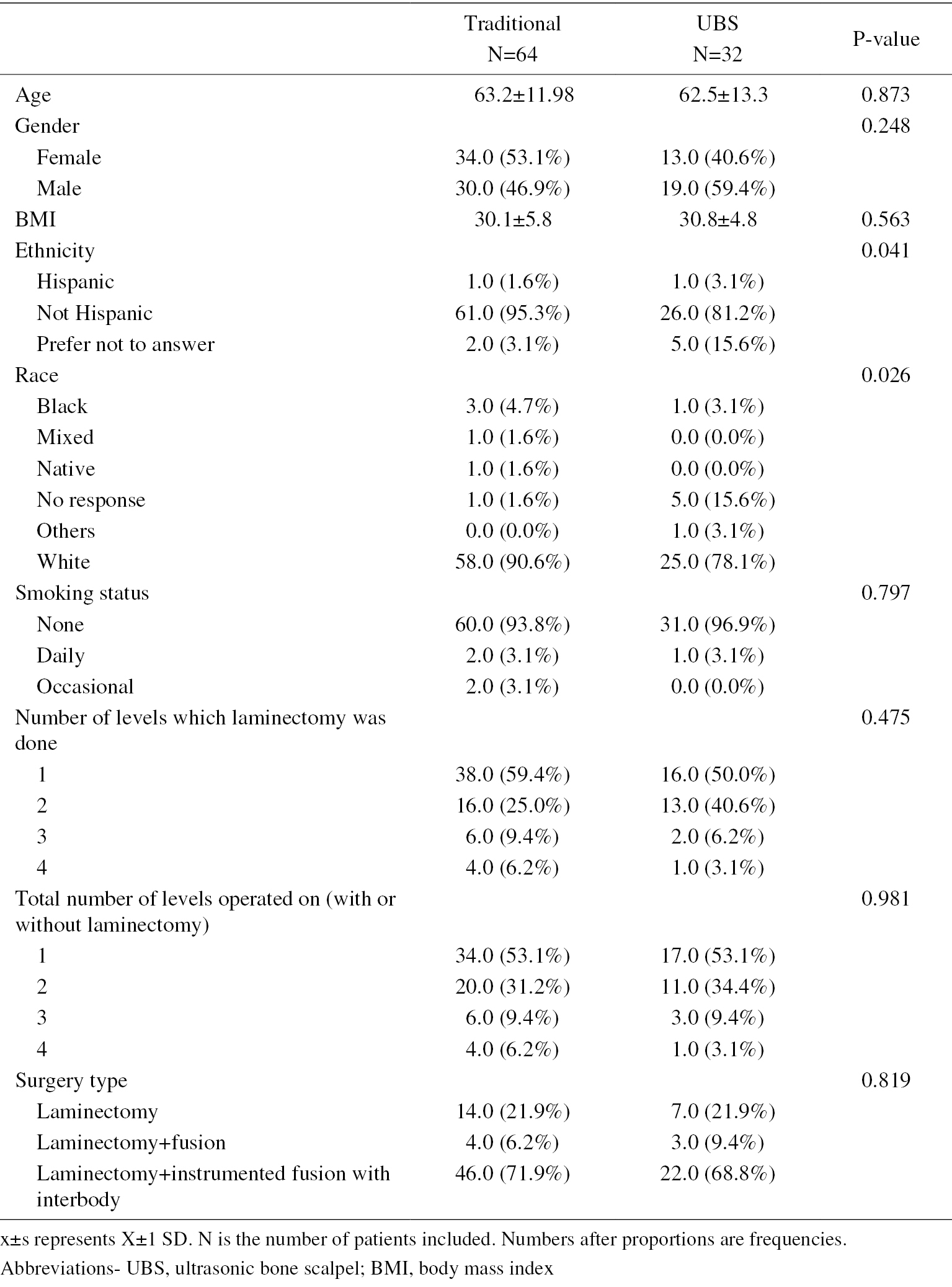- J-STAGE home
- /
- Spine Surgery and Related Rese ...
- /
- Volume 7 (2023) Issue 3
- /
- Article overview
-
Anthony M. Steinle
Department of Orthopaedic Surgery, Vanderbilt University Medical Center
-
Jeffrey W. Chen
Department of Orthopaedic Surgery, Vanderbilt University Medical Center
-
Alexander O'Brien
Department of Orthopaedic Surgery, Vanderbilt University Medical Center
-
Wilson E. Vaughan
Department of Orthopaedic Surgery, Vanderbilt University Medical Center
-
Andrew J. Croft
Department of Orthopaedic Surgery, Vanderbilt University Medical Center
-
W. Hunter Waddell
Department of Orthopaedic Surgery, Vanderbilt University Medical Center
-
Justin Vickery
Department of Orthopaedic Surgery, Vanderbilt University Medical Center
-
Robert W. Elrod
Department of Orthopaedic Surgery, Vanderbilt University Medical Center
-
Hani Chanbour
Department of Neurological Surgery, Vanderbilt University Medical Center
-
Julian Lugo-Pico
Department of Orthopaedic Surgery, Vanderbilt University Medical Center
-
Scott L. Zuckerman
Department of Orthopaedic Surgery, Vanderbilt University Medical Center Department of Neurological Surgery, Vanderbilt University Medical Center
-
Amir M. Abtahi
Department of Orthopaedic Surgery, Vanderbilt University Medical Center Department of Neurological Surgery, Vanderbilt University Medical Center Center for Musculoskeletal Research, Vanderbilt University Medical Center
-
Byron F. Stephens
Department of Orthopaedic Surgery, Vanderbilt University Medical Center Department of Neurological Surgery, Vanderbilt University Medical Center Center for Musculoskeletal Research, Vanderbilt University Medical Center
2023 Volume 7 Issue 3 Pages 242-248
- Published: May 27, 2023 Received: June 30, 2022 Available on J-STAGE: May 27, 2023 Accepted: October 07, 2022 Advance online publication: December 12, 2022 Revised: -
(compatible with EndNote, Reference Manager, ProCite, RefWorks)
(compatible with BibDesk, LaTeX)



